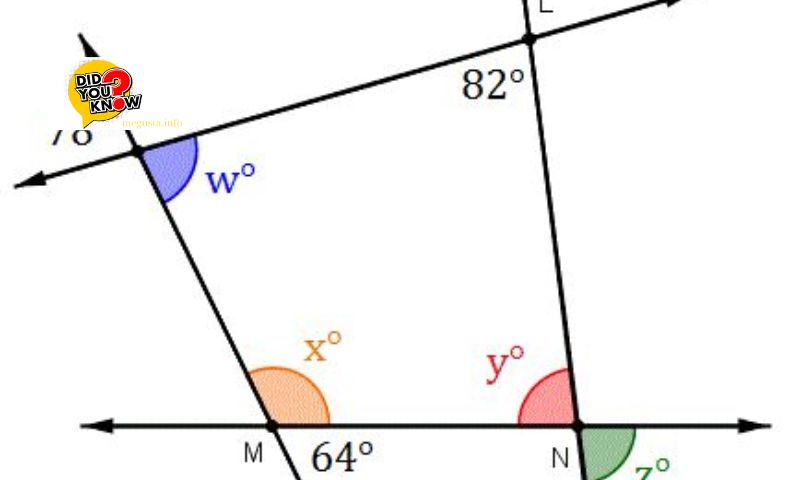Mathematics, often revered for its precision and logical structure, occasionally presents challenges that defy conventional problem-solving techniques. Among these, there exists a subset of problems regarded as the pinnacle of mathematical difficulty—colloquially known as “the world’s hardest math problems” These enigmatic puzzles not only test the limits of human intellect but also underscore the relentless pursuit of understanding fundamental mathematical truths. This article from Megusta.info delves into the intricacies of such problems, exploring their definitions, historical significance, inherent complexities, ongoing efforts toward resolution, and the enduring debates that surround them.
Overview of the Problem

At the heart of the term “the world’s hardest math problem” lies a diverse array of challenges, each with its own unique characteristics and historical context. These problems can range from complex equations and unsolved theorems to computational challenges that defy conventional algorithms. One prominent example is the Collatz Conjecture, which proposes a simple sequence transformation rule yet eludes rigorous proof for all integers. Another notable problem is the P vs NP problem, which questions the relationship between easy-to-verify solutions and efficiently solvable problems—a dichotomy that has profound implications for computer science and cryptography.
These problems often emerge from the intersection of various mathematical disciplines, such as number theory, topology, and algorithmic complexity. Their classification as “the world’s hardest” stems not only from their inherent complexity but also from the broader implications of solving them, which could unlock new mathematical insights or revolutionize fields like cryptography, artificial intelligence, and computational efficiency.
Characteristics of Difficulty
What makes these problems uniquely challenging is their ability to resist traditional problem-solving approaches. They often involve intricate patterns, elusive symmetries, or counterintuitive outcomes that defy initial attempts at resolution. For instance, the Riemann Hypothesis conjectures about the distribution of prime numbers, posing a profound challenge due to its connection with complex analysis and the behavior of the zeta function.
Moreover, the Birch and Swinnerton-Dyer Conjecture in algebraic geometry raises fundamental questions about the nature of rational points on elliptic curves, intertwining deep algebraic structures with geometric insights. These characteristics not only highlight the breadth of mathematical inquiry but also underscore the interdisciplinary nature of tackling such problems—requiring insights from pure mathematics, applied mathematics, and theoretical computer science.
Key Challenges

To appreciate the complexity of these problems, one must confront the specific hurdles that impede their resolution. These challenges often manifest in the form of mathematical proofs that require extraordinary rigor, computational problems that exceed current capabilities, or conceptual barriers that demand novel approaches.
Take, for example, the Navier-Stokes existence and smoothness problem in fluid dynamics, which seeks to establish the existence and smoothness of solutions to the Navier-Stokes equations—a cornerstone of fluid mechanics and a challenge that has confounded mathematicians for over a century. Similarly, the Yang-Mills existence and mass gap problem in quantum field theory probe the foundational principles of gauge theory and particle physics, presenting formidable challenges in both theoretical formulation and experimental validation.
Efforts to unravel these challenges often involve collaborations among mathematicians, physicists, computer scientists, and engineers, each bringing their unique expertise to bear on the problem. The pursuit of solutions is not merely an academic exercise but a testament to humanity’s intellectual curiosity and determination to conquer the unknown.
Efforts and Solutions
Throughout history, mathematicians and scientists have pursued solutions to these enigmatic problems with unwavering determination. The Fermat’s Last Theorem, famously proved by Andrew Wiles in 1994 after centuries of attempts, stands as a testament to perseverance and ingenuity in mathematical research. This achievement demonstrated the power of collaborative effort, advanced mathematical techniques, and computational tools in tackling seemingly insurmountable challenges.
In contemporary times, initiatives such as the Millennium Prize Problems have formalized the pursuit of solutions to some of the most challenging mathematical questions. Endowed by the Clay Mathematics Institute, these seven problems represent milestones in mathematical research, each offering a substantial reward for a conclusive solution. The inclusion of problems like the Poincaré Conjecture, proved by Grigori Perelman in 2003, highlights the potential impact of solving these challenges on the broader scientific community.
Despite these successes, many of “the world’s hardest math problems” remain unresolved, serving as enduring beacons of mathematical mystery and intrigue. Ongoing research continues to explore new avenues of inquiry, leveraging advances in computational mathematics, algorithmic optimization, and interdisciplinary collaboration to push the boundaries of mathematical knowledge.
Current Status and Debates

The current landscape of mathematical research is marked by vigorous debates surrounding the solvability and implications of these challenging problems. Mathematicians and researchers debate the feasibility of proposed solutions, critique methodologies, and explore alternative avenues of inquiry.
For instance, the Hodge Conjecture, which concerns the algebraic cycles on complex projective varieties, remains unresolved despite significant progress in related fields of mathematics. The conjecture’s implications for algebraic geometry and topology underscore its significance within the broader framework of mathematical inquiry.
Similarly, the P vs NP problem continues to provoke intense debate among computer scientists and mathematicians regarding its theoretical underpinnings and practical implications for algorithmic complexity and cryptography. Resolving this question could revolutionize fields as diverse as computational biology, optimization theory, and artificial intelligence.
Conclusion
In conclusion, “The World’s Hardest Math Problem” represents not only a testament to the resilience of human intellect but also a gateway to profound insights into the nature of mathematics itself. These challenges transcend disciplinary boundaries, inviting collaboration, innovation, and a relentless pursuit of understanding.
While many of these problems remain unsolved, each represents an opportunity for discovery and enlightenment—an invitation to explore the frontiers of human knowledge and capability. As mathematicians and researchers continue to grapple with these enigmas, the pursuit of solutions will undoubtedly shape the future of mathematics and its applications in science and technology.

